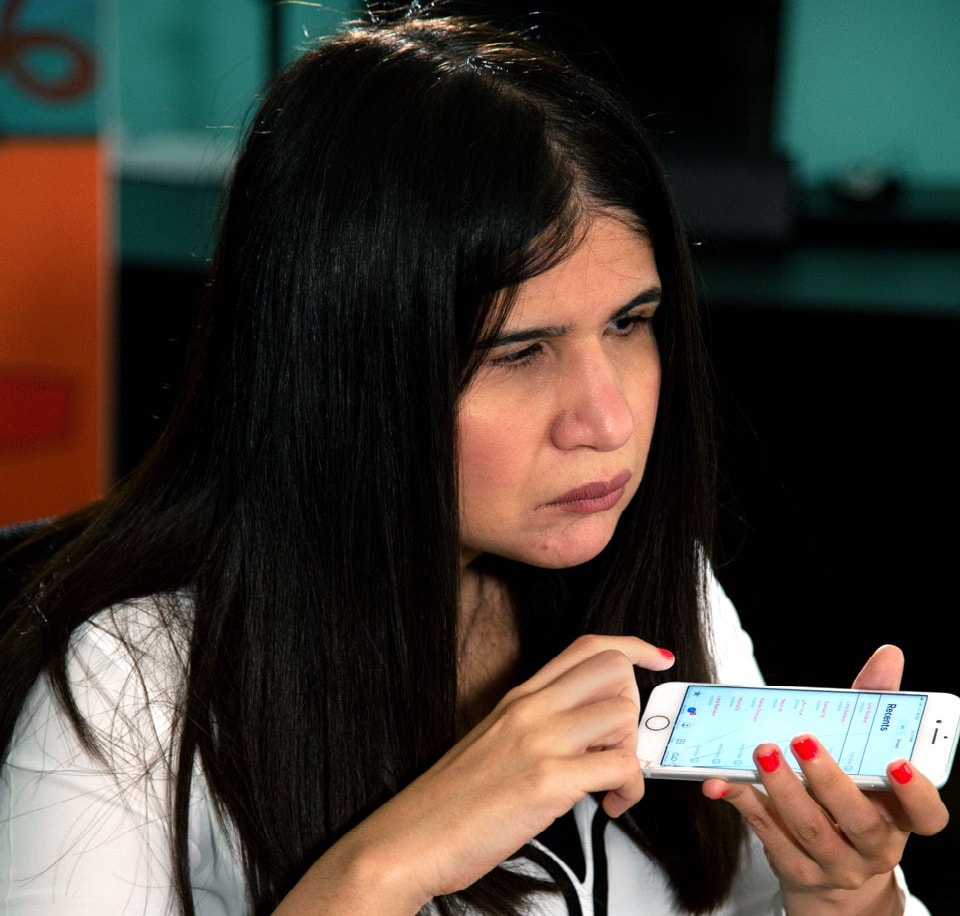
Inclusion and equality through digitalisation
What do keyboards, electric toothbrushes and voice recognition software like Siri or Alexa have in common? They were all originally developed for persons with disabilities. But these innovations simplify the daily lives of everyone else, too. One more reason why persons with disabilities should be included in all processes of digitalisation.
There is nothing good about a global pandemic – and still a lot can be learned from Covid-19. For example, that many digital technologies that help marginalised groups to participate in society have been around for a long time. It is just a matter of using them properly. Working from home or online lectures, to name just a few, have reduced some of the barriers that persons with disabilities often face in everyday life.
People who use wheelchairs can now work and study from home. In their daily lives, this means they are less likely to have to contend with the lacking infrastructure in the workplace. The switch to online meetings benefits many persons with hearing disabilities. With the help of apps that transcribe video calls in real time, they can participate in conversations more easily – even if everyone wears a face mask.
However, digital applications and services are still far from being fully accessible. In a recent study, the non-profit organisation WebAim found that only about two percent of all websites worldwide have low barriers for persons with disabilities. A website is considered to have few barriers if, for example, it uses simply language, offers videos with subtitles, or can be used by people with visual impairments thanks to colour coding.

Inclusion is also a “business case”
Persons with disabilities – that’s 1.3 billion people worldwide. But slowly, more and more people realise that accessibility benefits everyone. One example: speech recognition software also helps persons without disabilities to write e-mails faster and thus work more efficiently.
Furthermore, inclusion is also a “business case”, as Thomas Ongolo of the Gesellschaft für Internationale Zusammenarbeit (GIZ), calls it. “Those who design products or services to be inclusive benefit, also economically,” explains the regional advisor for Africa of the Global Project “Inclusion of Persons with Disabilities”. “Inclusive products and services are typically very user-friendly and therefore especially attractive – also for people without disabilities.”
And additionally, they can remove barriers that often prevent persons with disabilities from access to education, the labour market or participation in society.
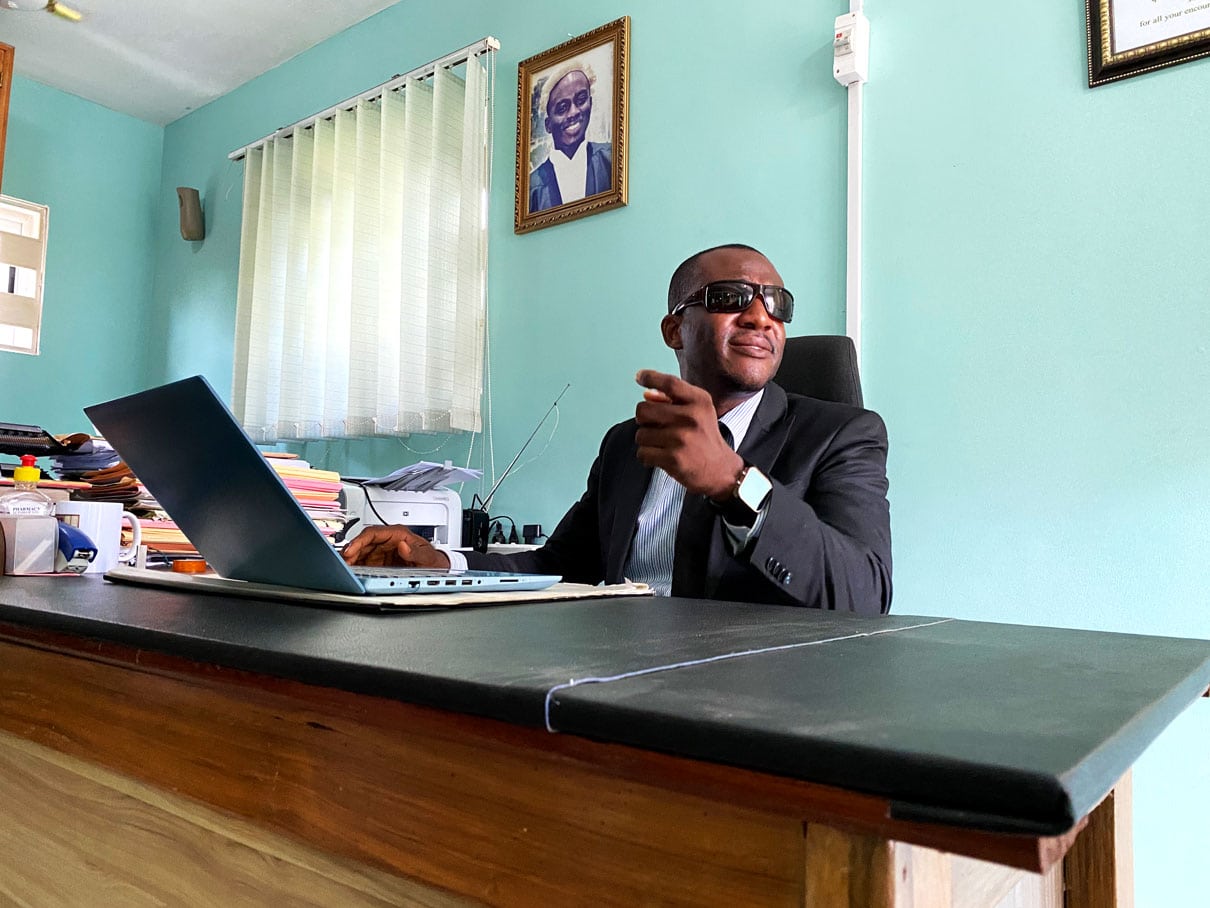
Poverty complicates access to digital technologies
The international community has committed itself to removing barriers by ratifying the UN Convention on the Rights of Persons with Disabilities. Nonetheless, persons with disabilities are often the ones who are left out the most from digitalisation.
Why is that the case? Many of the tools and technologies are expensive – hence, you must be able to afford access to digitalisation. However, persons with disabilities are often stigmatised and discriminated against. In many economically weaker regions, they are almost always the ones who are most at risk or affected by poverty. Covid-19 has exacerbated their already precarious situation.
One example: while online learning modules have been introduced at the University of Education Winneba (UEW) in Ghana, students with disabilities often cannot afford smartphones or laptops, according to Dr Daniel Dogbe, Head of Special Education at UEW. So those who are no longer allowed to visit the office or classroom, have no access to technology or don’t know how to use it, can´t attend lectures.
Of course, digital technologies are also available in structurally weaker regions. However, Rawan Barakat, founder of the non-profit organisation Raneen in Jordan, knows that there is often a lack of political will and awareness of the benefits and opportunities of inclusion in the field of digitalisation. “Persons with disabilities need to be included in the processes of digitalisation from the very beginning,” explains the activist, “if you want to avoid them being left behind socially.”
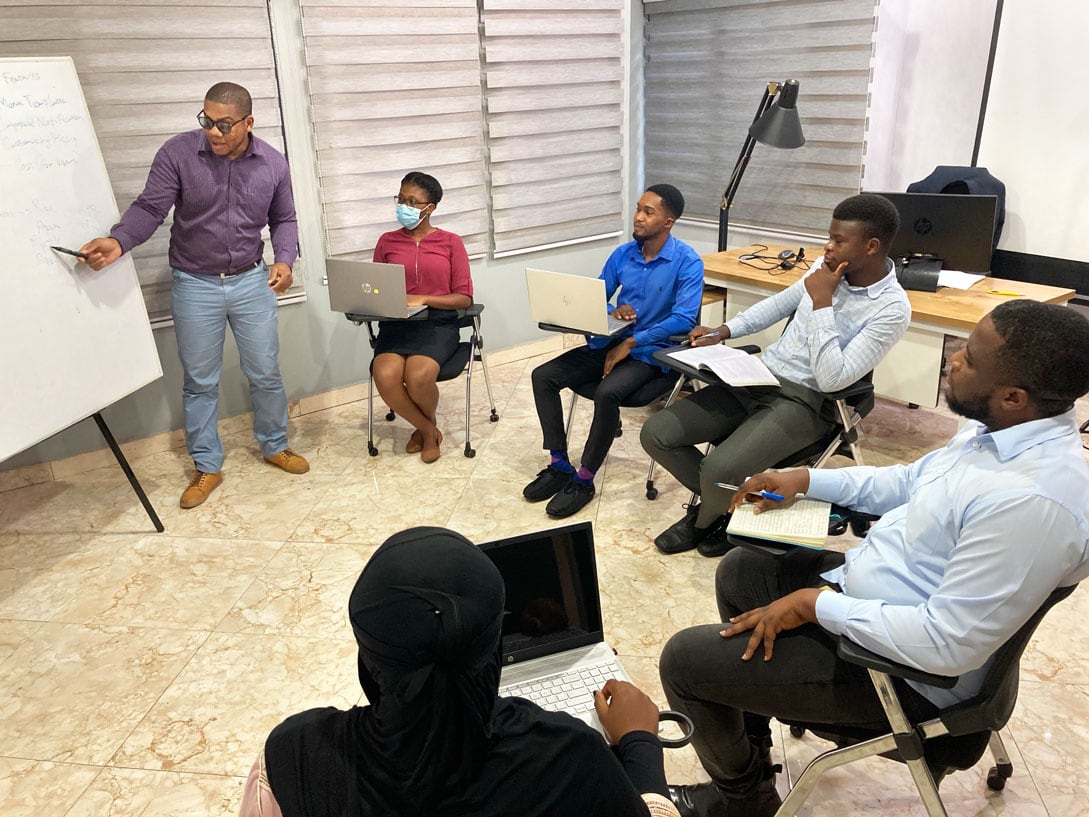
GIZ promotes participation through digital technologies
This is precisely what the GIZ Global Project “Inclusion of Persons with Disabilities” on behalf of the German Federal Ministry for Economic Cooperation and Development (BMZ) is working on. In many regions of the world, the project supports various organisations that work for the rights and inclusion of persons with disabilities.
In Cambodia, for example, an app has been developed together with the Cambodian Disabled People’s Organization, (CDPO) with which organisation representatives can better understand the specific needs of persons with disabilities through surveys. GIZ also works with the private sector to promote digital and inclusive innovations.
With the global IT company Atos, GIZ launched the ICT 4 Inclusion Challenge in 2021. Participants with and without disabilities can now submit digital solutions aimed at social and economic inclusion of persons with disabilities. The initiators of the ICT4 Inclusion Challenge offer a boot camp for selected innovators and companies in which they can transform their innovations into business models and thus contribute to a more inclusive society.
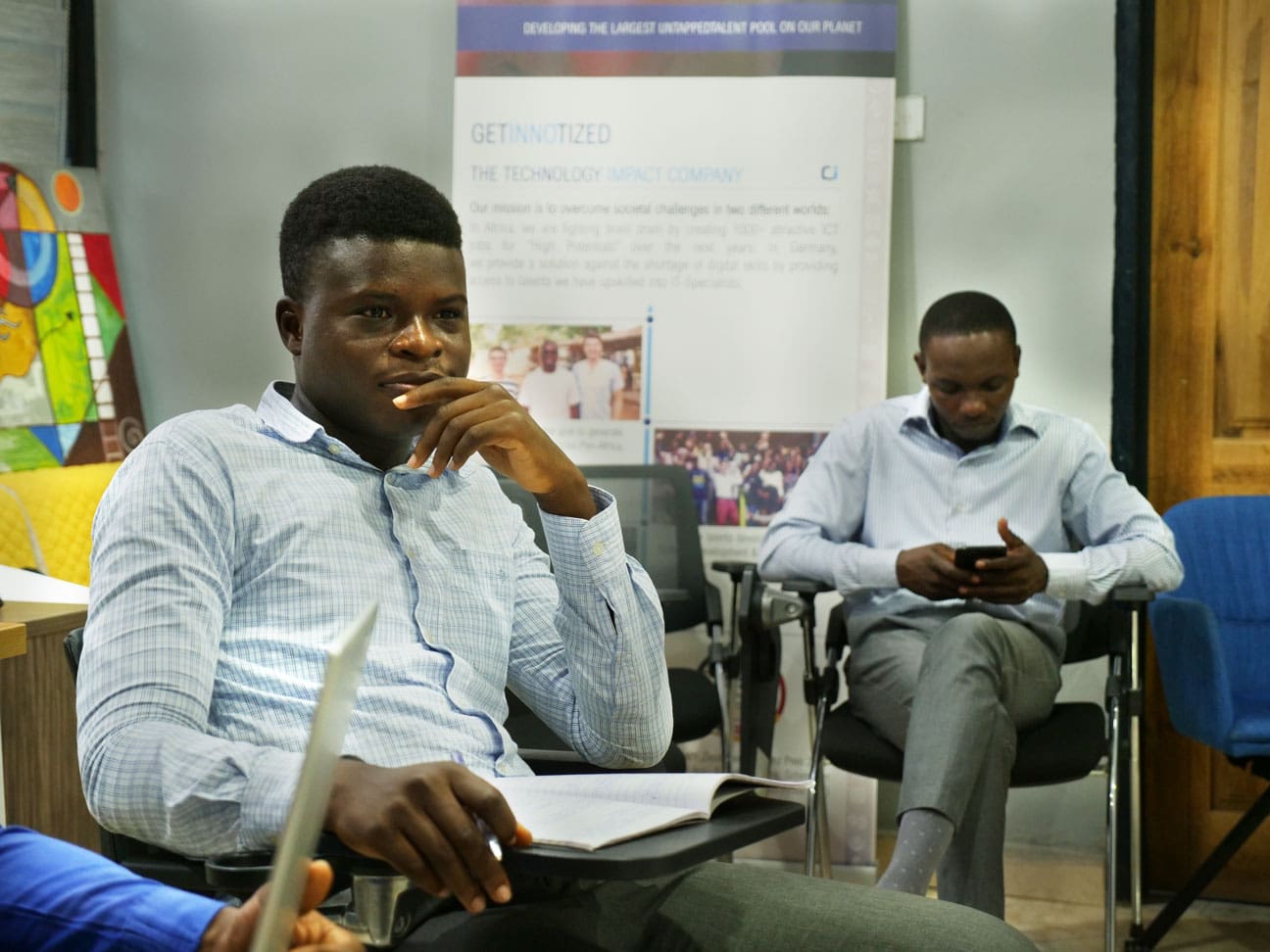
Inclusion is an opportunity for the whole of society
Technologies and digital applications can have a major impact on the daily lives of persons with disabilities. However, profound social and structural changes usually require more patience. “Promoting the inclusion and participation of persons with disabilities requires in many respects a lot of effort,” says Gideon Sackey who works as a software engineer and dean of studies at GetINNOtized, a Ghanaian company that matches bright minds from the IT sector with different companies on the African continent.
As part of the Digital Skills Accelerator Africa (DSAA) programme, GIZ supports companies like GetINNOtized in finding and hiring more trainees with disabilities. A challenge? “On the contrary,” says Gideon. “It’s an opportunity.” Not only for the persons with disabilities, but for society as a whole. It benefits from fewer people in poverty and from the inclusion of previously excluded skills.
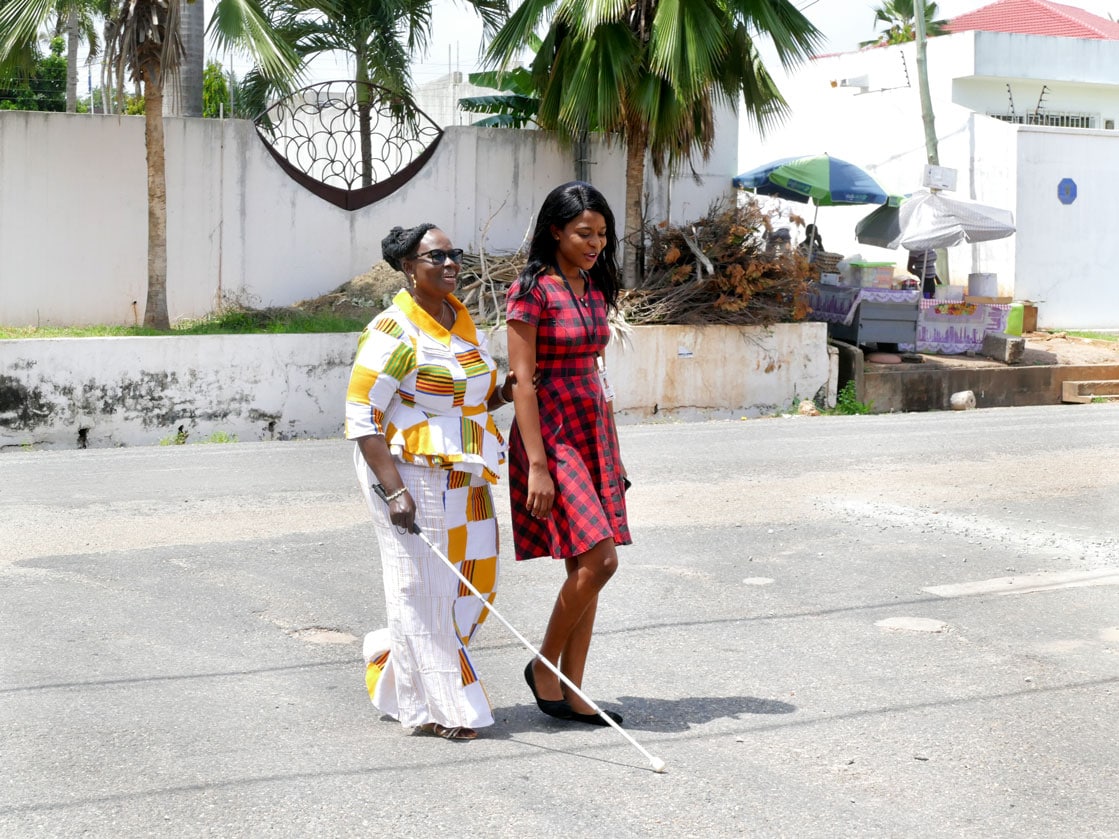
However, there is still a lot to be done before persons with disabilities have the same opportunities on the labour market as those without disabilities. To address this issue, GetINNOtized launched the Azubi-Africa-Programm.
As part of this programm, the comany´s trainers are sentisized to the topic of inclusion by specially trained trainers. They in turn pass on their newly acquired knowledge to their teams and in this way create awareness for an fully accessible working environment.
The trainers at GetINNOtized take the initiative without hesitation, notes Gideon. “It’s not something we decide to do or not to do, it happens automatically.” So, Inclusion as a matter of course – That´s an outlook that gives hope.